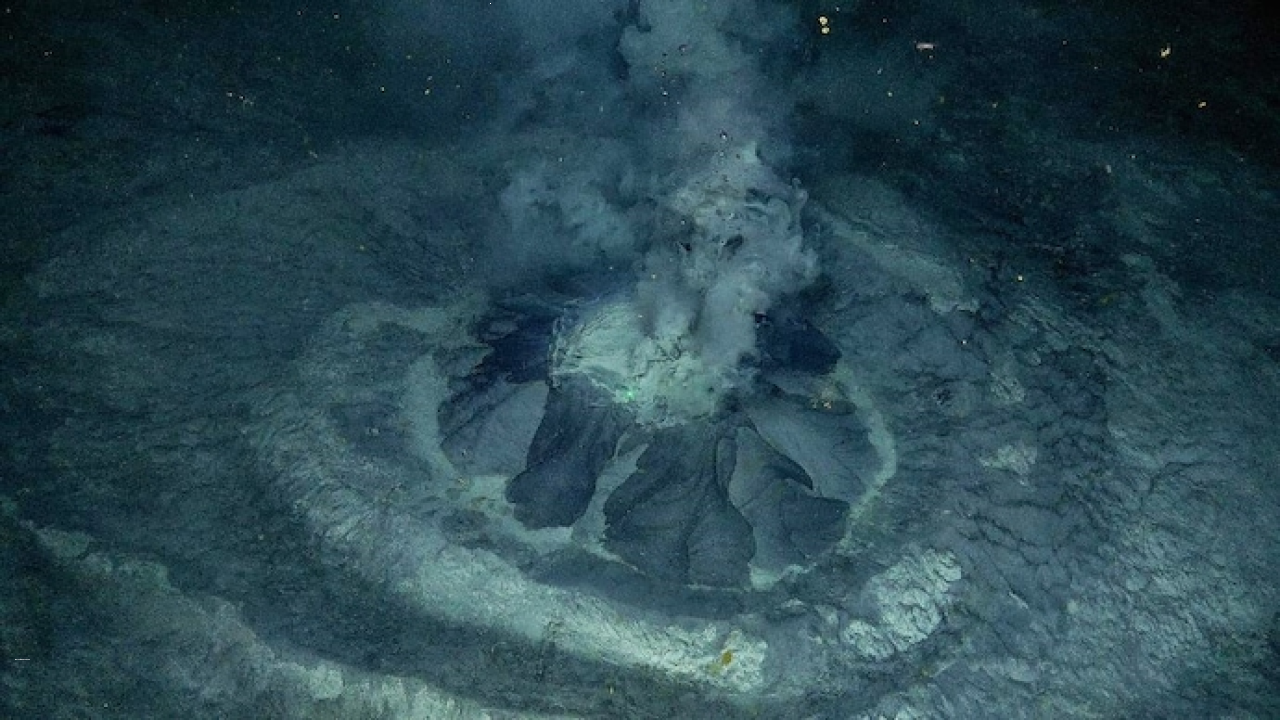Borealis Mud Volcano
Scientists have made a groundbreaking discovery in the Norwegian waters near Bear Island – the Borealis Mud Volcano. Led by Stefan Buenz, the Advancing Knowledge of Methane in the Arctic (AKMA) expedition unearthed this remarkable submarine geological formation.
Delving into the Depths: Understanding Submarine Mud Volcanoes
Submarine mud volcanoes are captivating natural structures that originate from the continuous expulsion of fluids and gases, including methane, from the seabed. These enigmatic formations offer a glimpse into the Earth’s dynamic underwater landscapes.
Rising from the Depths: The Borealis Mud Volcano Takes Center Stage
The Borealis Mud Volcano stands tall at a height of eight feet. Situated within a vast crater, this intriguing geological feature formed approximately 18,000 years ago due to a massive methane eruption.
Unveiling the Underwater Marvels: Estimating the Abundance of Mud Volcanoes
While the Borealis Mud Volcano is a remarkable find, it represents only a fraction of the vast number of submarine mud volcanoes that populate the seabed globally. Scientists estimate their presence in the thousands, although locating and mapping them presents a significant challenge.
Unraveling the Past, Illuminating the Future: The Importance of Mud Volcano Research
Studying underwater mud volcanoes offers invaluable opportunities to gain insights into past environments and conditions on Earth. Furthermore, these investigations contribute to our understanding of extraterrestrial landscapes and the potential conditions on other planets.
Month: Current Affairs - May, 2023
Category: Places in News Current Affairs • Science & Technology Current Affairs


